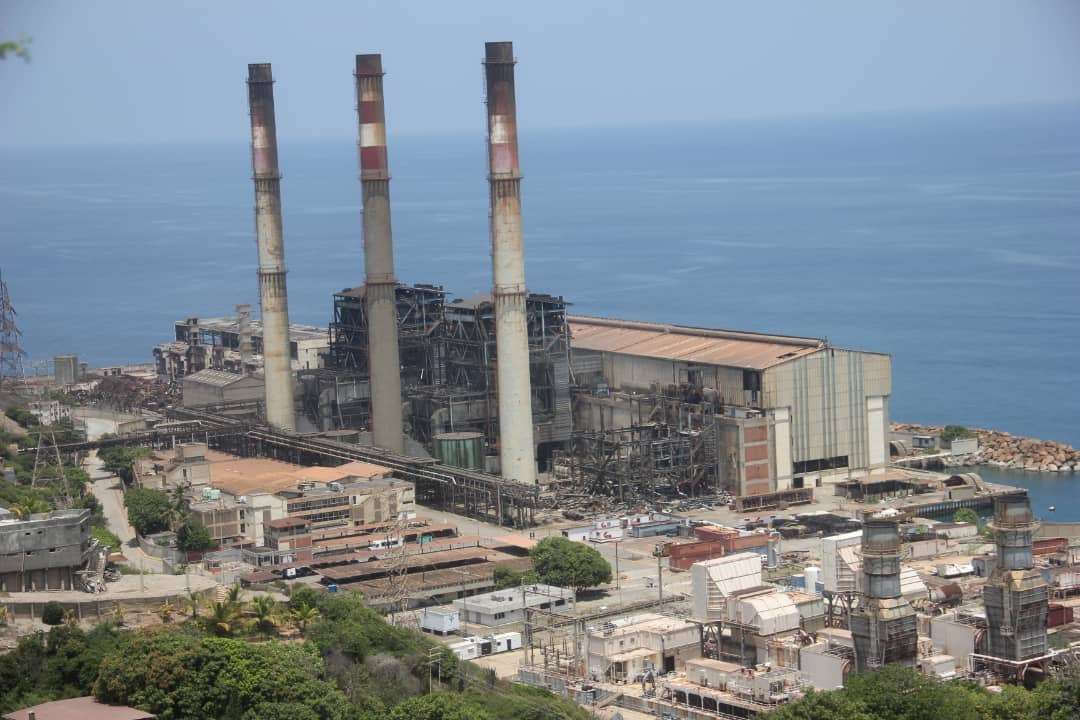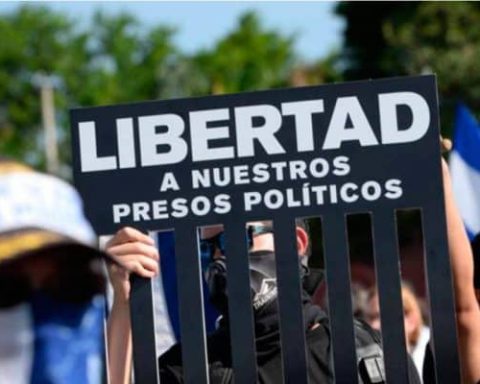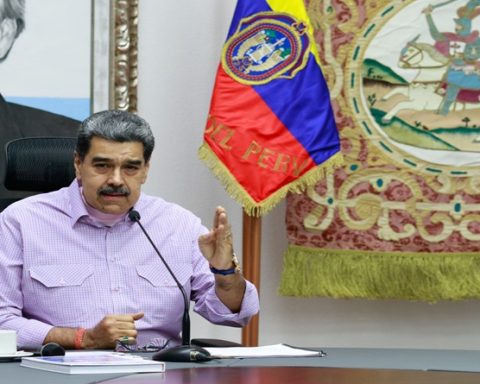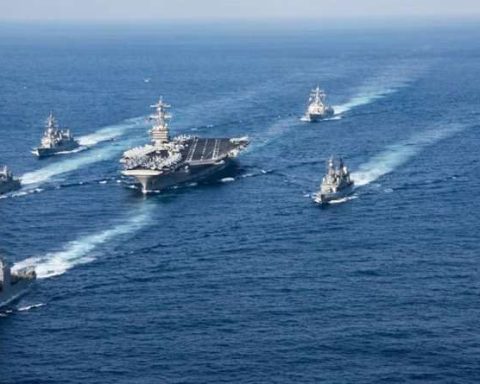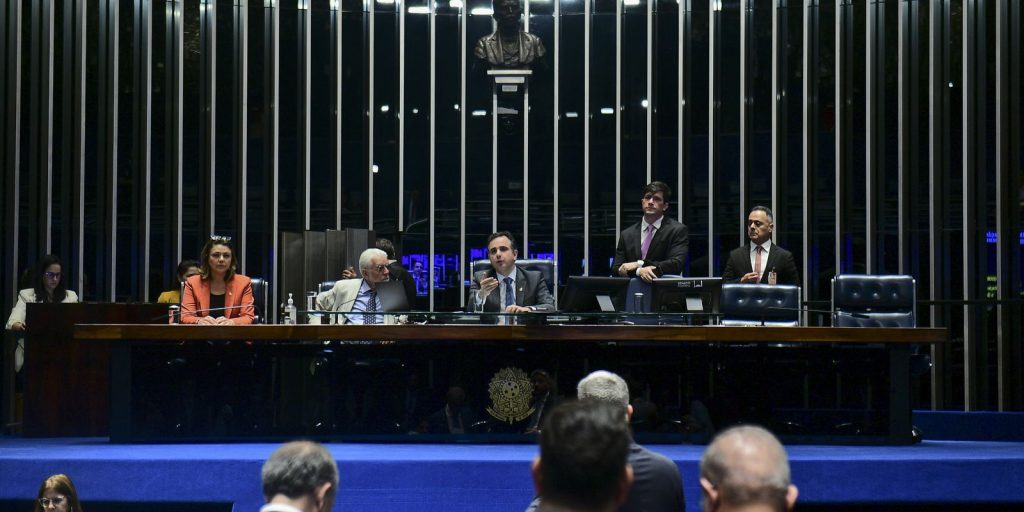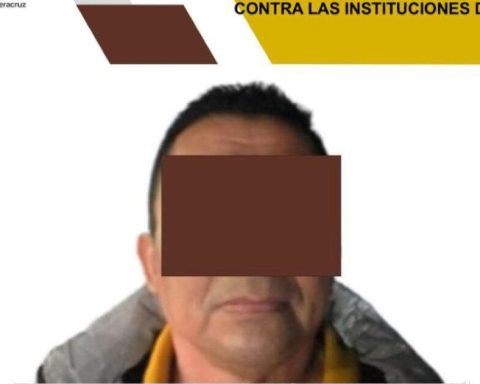The explosion of tank number 8 of the Tacoa Power Plant, in the state of La Guaira, was classified as the largest industrial disaster that occurred in Venezuela, which caused the death of more than a hundred people, including firefighters, journalists and neighbors; It destroyed a town and left a mark on the inhabitants of the town of Arrecife on the west coast of Guaireño.
Although much has been written about it since 42 years ago, when the tragedy occurred, until now the technical report of what really, from a physical point of view, happened is known, explained by Ewan Stewart, process engineer at the company. Kent Plc, where he collaborates in the important modernization of a refinery.
42 years of debate
Stewart’s report, made three years ago, was now released by his colleague Eric Omaña, who indicates that “Comrade Stewart’s plan was to go beyond the fact that there was a boil-over that shook the regulations of the National Association of Protection against Fires (NFPA in its acronym in English) and the American Petroleum Institute (API in its acronym in English), generating modifications for the cases of fuel oil.
Steward points out in his report that for almost 40 years it was not possible to know the details of the incident and in 2020, when 40 years had passed since the event, he decided to investigate more deeply, with the help of unlocked files and several experts who pointed him to reliable sources. Stewart notes that “frustratingly, I have learned that many aspects of Tacoa, to this day, remain up for debate.”
The investigations that were carried out on behalf of the Venezuelan authority “were never made public,” he claims.
Location
Stewart says that part of the then Ricardo Zuloaga Generator Complex is located in the town of Tacoa, today the Josefa Joaquina Sánchez Bastidas Generator Complex, and was built on land reclaimed from the sea in Arrecife in 1956 and this was complemented by the expansion of Tacoa at the end from the 1970s. “The complex in general supplied 1,700 MW of power to the metropolitan area of Caracas,” he notes.
He points out that it is recognized “by the three gigantic red and white chimneys of the expansion plant, which rise far above the facility, which is sandwiched between the blue of the Caribbean Sea and green tropical hills.” It indicates that tanks 8 and 9 were at the top of the slope, the only place where they could be installed. “This topography would play a role in the tragedy to come.”
Burning of heavy fuel oil
The expert reveals that “a key mystery in this incident is the behavior of the fluid, fuel oil number 6, also known as residual fuel oil or bunker C. This is mainly produced from the lower cut of the distillation column of a refinery.” He notes that it acts similar to tar and “number 6 fuel oil cannot be pumped without first heating it,” so the tanks were equipped with six internal steam coils for that purpose.
“Late on December 18, night shift operators recorded abnormally high temperatures in the feed line from the storage tanks to the fuel oil burners. Consequently, the staff isolated one steam coil, leaving only one operating,” which it notes “was enough to clear the alarm.”
Stewart explains how heavy fuel oil produced a flammable atmosphere: “It was a combination of improper mixing and temperature.” It indicates that the alarms and shots at the plant showed something different than what was in the tanks at the time of the incident. It indicates that the flash point of the fuel oil is 71°C but the alarms were activated because it reached 80°C, and with the boiler feeding it reached up to 88°C. “The lighter components of the mixed fuel oil boiled inside the tank,” he points out.
The facts
Three of the workers went up in the morning to check the level of tank No. 8, due to the arrival of an oil tanker. He said that two of the workers climbed into the tank and when they opened the gauging hatch, “the hot hydrocarbon vapor interspersed with the air created an explosive mixture. The origin of the subsequent ignition is highly disputed and will probably never be known.”
The expert assumes that the operators tried to illuminate the dip tube to read, and what followed was a massive explosion that tore off the roof of the tank, killing both men. The third escaped. Control room security arrived “and a gigantic black plume loomed over the menacing flame facility high on the hillside.”
A great lesson
He points out that Caracas Electricity did not have contingency plans for a fire in its fuel oil storage tanks. The company lacked a fire department and its personnel had no training or instruction. The three water storage tanks, located further up the slope, had no water reserve and the foam tank was empty. The emergency response was delayed by more than 20 minutes. “Only two out of three water units were operational. As a result, there was not enough pressure for any hydrant or cooling line to reach the No. 8 tank.”
Stewart refers in his report that no one was prepared for what happened next; Neither the American Petroleum Institute (API) nor the NFPA had a record because that No. 6 fuel oil, a refined product, was not subject to boiling. Six hours after the initial outbreak, the heat wave had reached the tank’s water heel, at a temperature between 150 and 315 degrees Celsius.
The water would have turned into steam, expanding up to 2,000 times, expelling the contents of the tank in a volcanic eruption. “Those who were on the ground watched as a gigantic ball of fire rose from the tank towards the sky” and a rain of oil spilled onto roads, cars, houses, and reached the beach located 300 meters away.
The rest is history, but this incident left a great lesson for the world’s oil security agencies. According to Stewart, “the lasting legacy of the Tacoa tragedy is that the NFPA and API updated their guidelines to recognize the potential for boiling in fuel oil storage tanks. “This change has influenced the safe design, operation and emergency response of plants around the world.” He points out that although it is positive, it is disappointing that what happened was never revealed.
“By not freely sharing our lessons learned we commit an injustice to those affected. “Worse than that, we condemn others to a similar fate,” he said.
A tragic Sunday
That Sunday, December 19, 42 years ago, was a day on call but it would not be like any other in the editorial office of Latest News. I arrived earlier than usual and was surprised to see sad faces and a lot of anguish.
The newspaper’s director at that time, Nelson Luis Martínez, was already in the editorial office. An explosion had occurred in La Guaira and they had sent the photographer Román Rosales and the young journalist Miriam Morillo in the newspaper run by Domingo “El Tigre”, and nothing was known about their companions.
The driver arrived with the news and anxiety took over all the companions. Román had died in the explosion of the second tank and the journalist was taken to the hospital injured.
